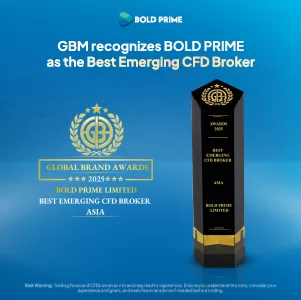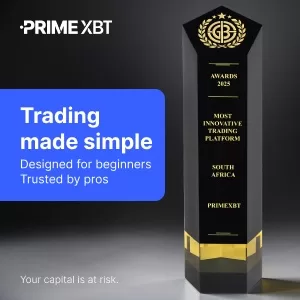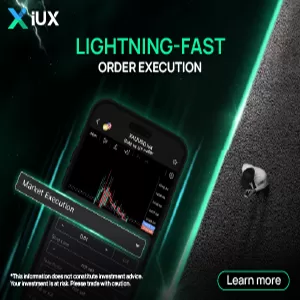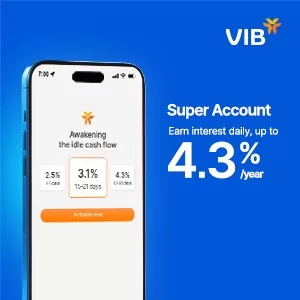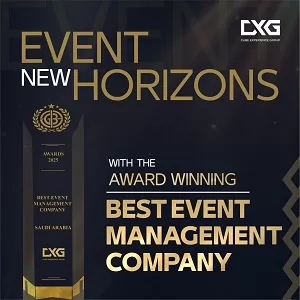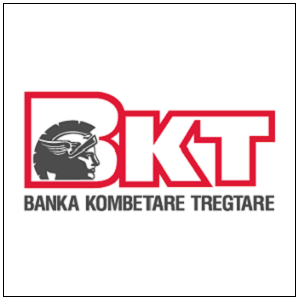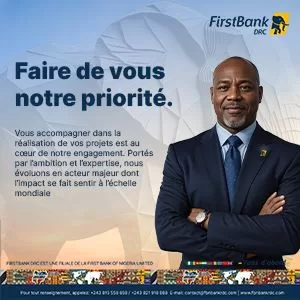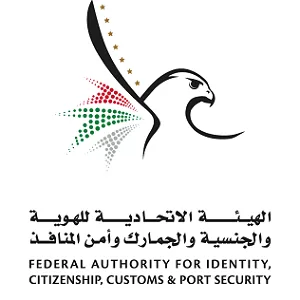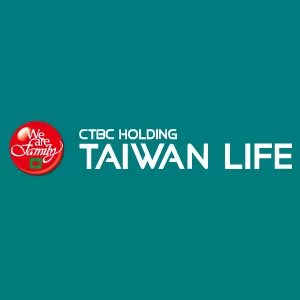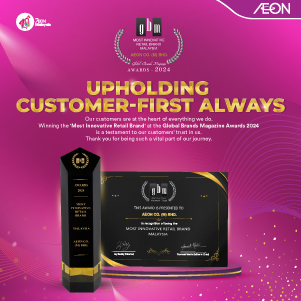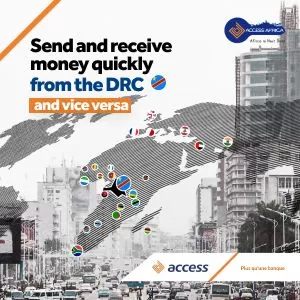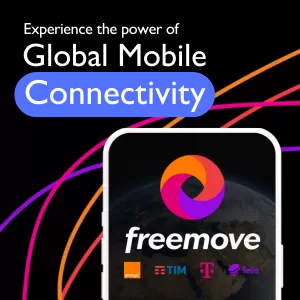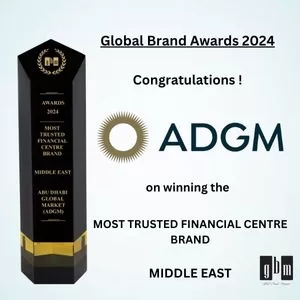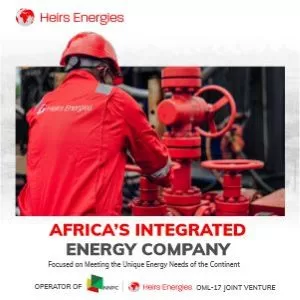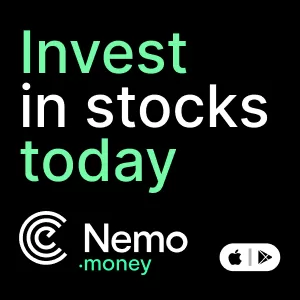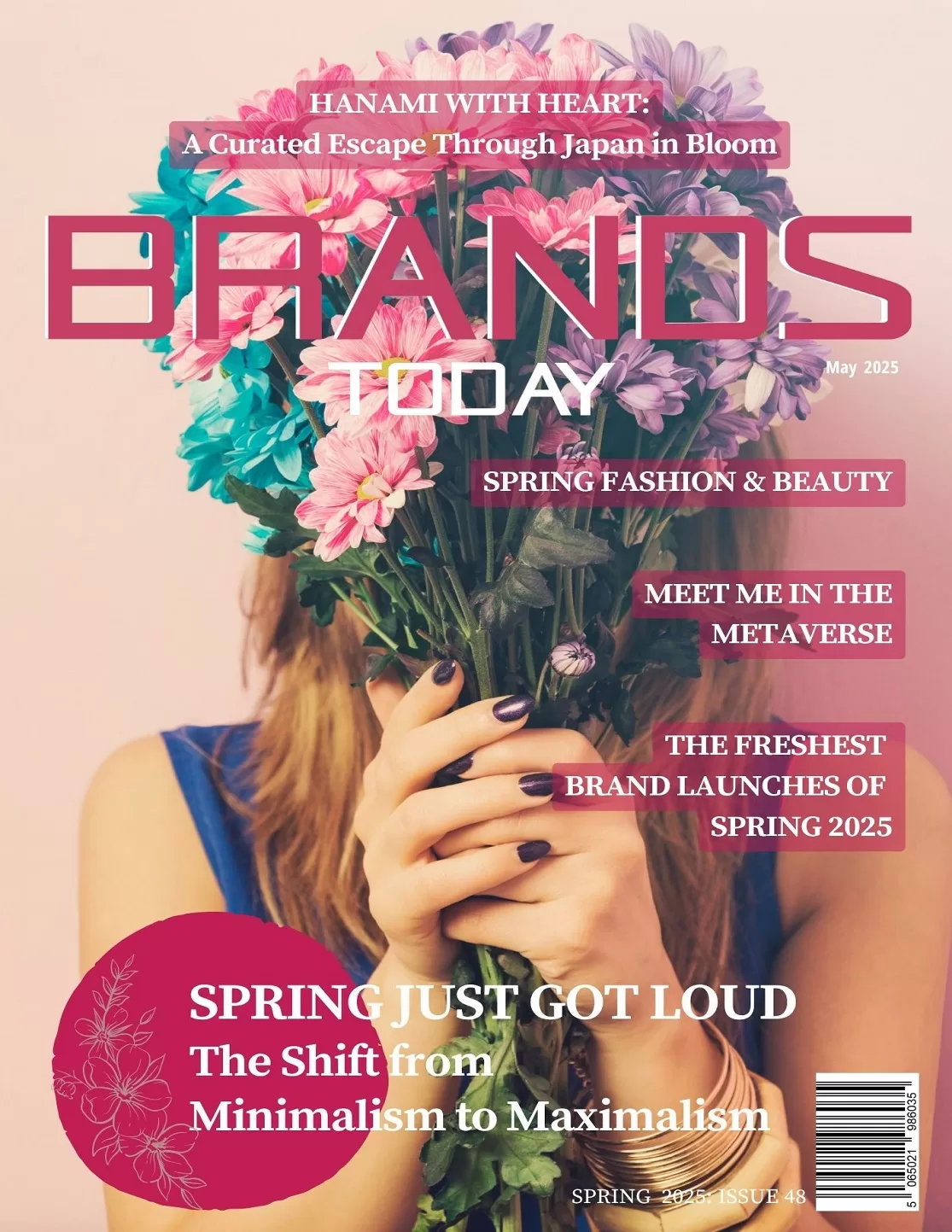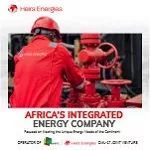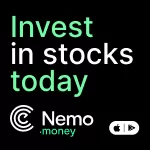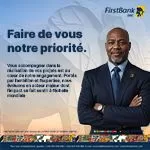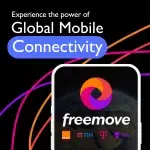Brand Strategy
Backlash or Burnout? What’s Really Driving the Pride Pullback
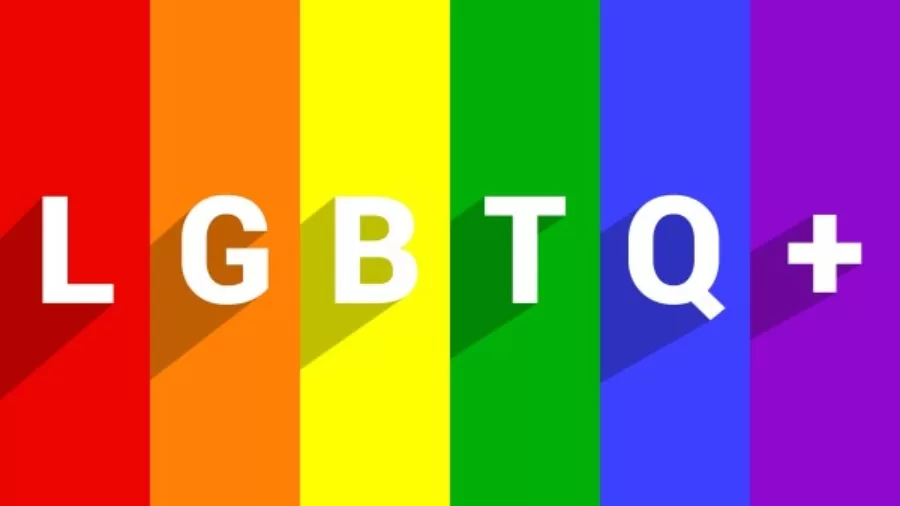
- June used to feel louder. In years past, by the first week, high streets from London to Sydney were awash in rainbow displays, limited-edition product launches, and brand social posts promising allyship. But this year, something’s shifted.
- Across markets, from the UK and Germany to Canada and Brazil, brand managers, marketing teams, and DEI officers are pausing—some pulling back completely—as they reassess what Pride presence means in an era where audience trust feels more fragile than ever.
What’s Different This Year?
It’s early June, and something’s missing. Walk through central London, scroll through your feed, or flip through brand newsletters, and the absence is tangible. Pride Month, once a key marketing moment for global brands, feels quieter in many places.
Gone are the roaring rainbow-coloured decals in retail. Large accounts that did the social banners and the rainbow logos for at least a month also appear to stay mostly out of the limelight.
In some cases, reports and anecdotes assert reason enough, or that brands are slowly changing their external messaging, but the reasons have all varied and remain secret most of the time.
Why Are Brands Stepping Back?
1. Consumer Polarisation
In more recent years, the marketing campaigns for LGBTQ+ in the U.S. and other parts of the world have been met with much pushback. Several brands underwent online backlash, scapegoating from the press, boycotts, and what have you.
The incidents have made marketing departments give greater attention to reputational risk. Some are opting to remain low-key with Pride campaigns for 2025 or somehow engage their communities on a much smaller level.
2. Allegations of Tokenism
The demand for genuine year-round attention becomes greater.
Many LGBTQ+ consumers now look beyond the typical Pride Month postings and start questioning hard about how brands treat LGBTQ+ employees, partners, and suppliers during the course of the year.
Social media is becoming a space where inconsistencies are called upon instantaneously, be it donations to conflicting causes, etc.
3. Implications on Marketing Budgets
Amid economic uncertainties and fast-changing priorities come the other side of seasonal campaigns.
While not exactly Pride-centred, general budget scrutiny in 2025 has led an array of event sponsors, capsule launches, and campaign rollouts to the ground across sectors.
Case Snapshots
Some well-known brands appear to be taking a more internal-facing approach this year, focusing on employee engagement and inclusion programming rather than public campaigns.
In other cases, regional Pride products are being released without large-scale marketing pushes. Messaging may appear in newsletters or niche channels instead of mainline advertisements or store activations.
This trend is not uniform, but it has sparked discussion across marketing and advocacy circles.
What Do Consumers Think?
Early reports and feedback from LGBTQ+ communities suggest mixed feelings.
Some appreciate the shift away from performative marketing. They view it as an opportunity for brands to engage more authentically behind the scenes.
Others note that public visibility remains crucial, especially in places where LGBTQ+ rights are still under threat. A lack of visible support from trusted brands can feel isolating.
Should Brands Participate in Pride?
Participation isn’t just about waving a flag. It’s about intention, consistency, and alignment with company values.
Before launching Pride initiatives, brands might consider:
- How they support LGBTQ+ staff internally
- Whether their leadership reflects diverse identities
- What policies or partnerships have they adopted year-round
- How do they plan to address any criticism or backlash
A clear “why” behind the campaign often shapes how it is received.
What Does Meaningful Engagement Look Like?
In 2025, thoughtful engagement could include:
- Long-standing partnerships with LGBTQ+ organisations
- Transparency around DEI goals and outcomes
- Listening sessions and leadership mentoring for LGBTQ+ employees
- Shared platforms for creators and communities to tell their own stories
These efforts don’t always need a logo or a campaign. They just need to exist.
What’s the Future of Pride Marketing?
The narrative is shifting.
Some brands are choosing depth over volume, presence over polish.
That doesn’t mean Pride is going away—it means it’s being redefined. As visibility becomes more complex and consumer expectations increase, Pride campaigns are becoming less about momentary celebration and more about sustained commitment.






